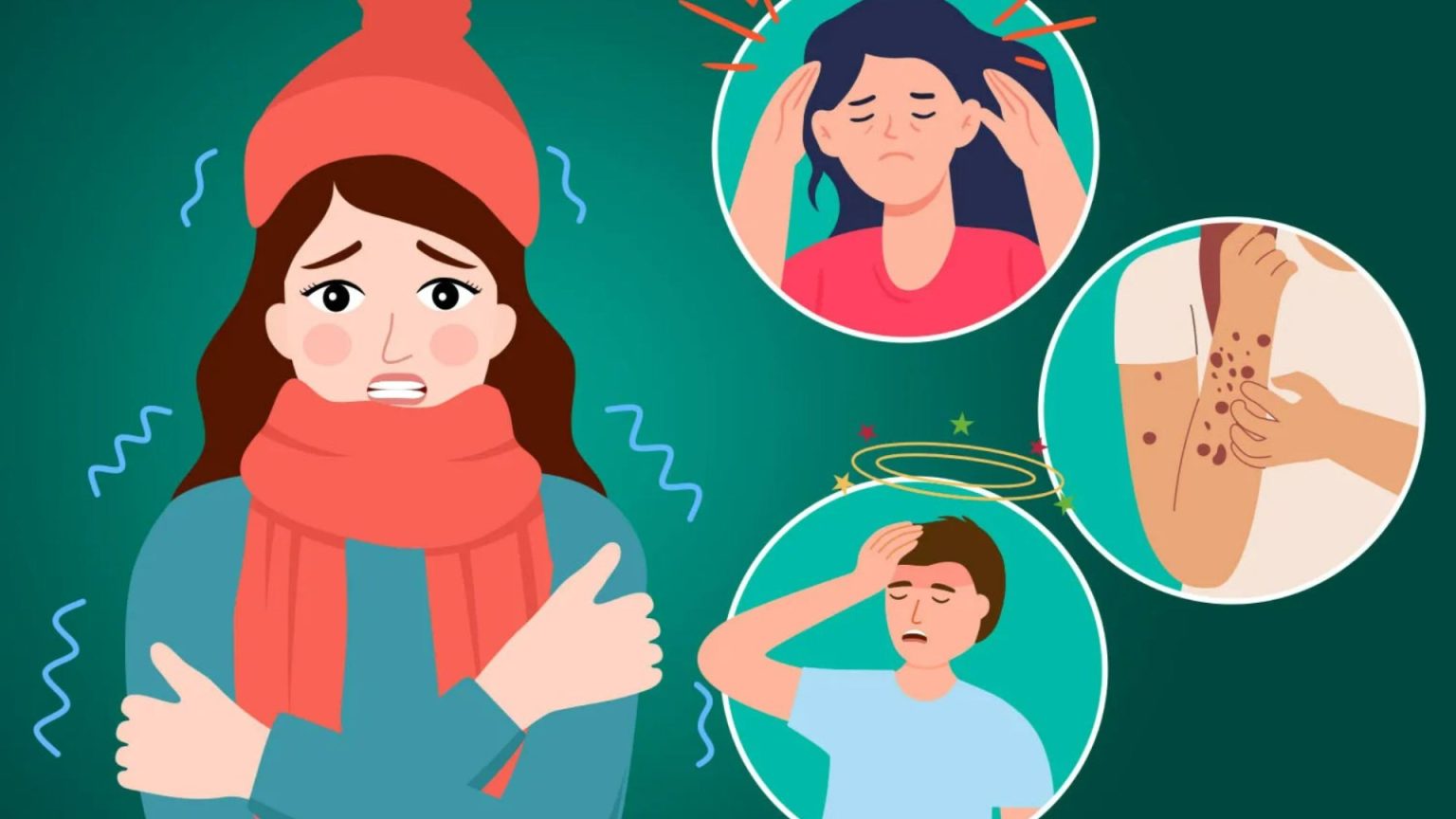Cold urticaria, commonly referred to as a cold allergy, is a rare condition affecting approximately 0.05% of the population. It’s triggered by exposure to cold stimuli, such as cold air, water, food, or drinks. Unlike a true allergy, cold urticaria is an immune response where the body releases histamine when exposed to cold. This histamine release leads to a range of symptoms, the most common being hives, characterized by red, itchy bumps on the skin, often accompanied by a burning sensation. Other symptoms can include swelling beneath the skin, dizziness, headaches, and even fainting. While rare, cold urticaria can potentially lead to anaphylaxis, a life-threatening allergic reaction that necessitates immediate medical attention.
The hallmark symptom of cold urticaria is the appearance of hives following cold exposure. These hives are raised, itchy welts that can vary in size and shape, appearing anywhere on the body. They are often accompanied by a burning or stinging sensation. The redness associated with hives may be less noticeable on darker skin tones, making it crucial to pay attention to other symptoms like itching and swelling. While hives are typically the most obvious symptom, individuals may also experience swelling under the skin, which can be a more concerning sign. This swelling, combined with dizziness, headaches, or fainting, can indicate a more severe reaction. If these symptoms occur, seeking medical advice is essential to rule out more serious complications.
Anaphylaxis, while rare in the context of cold urticaria, is a serious and potentially life-threatening complication. It is a severe allergic reaction that can develop rapidly after exposure to a trigger, in this case, cold. Symptoms of anaphylaxis include swelling of the throat and tongue, difficulty breathing, wheezing, coughing, a feeling of tightness in the throat, and a hoarse voice. Individuals experiencing anaphylaxis may also feel confused, dizzy, or faint. Their skin may feel cold to the touch and appear blue, grey, or pale. In individuals with darker skin tones, these changes in skin color might be more noticeable on the palms of the hands or soles of the feet. Anaphylaxis requires immediate medical intervention, and if you suspect someone is experiencing it, call emergency services immediately.
Diagnosing cold urticaria can often involve a simple at-home test. This involves placing an ice cube on the skin for five minutes. The development of a painful, red swelling at the site of the ice cube application strongly suggests cold urticaria. However, this self-test should not replace a formal diagnosis from a medical professional. It’s crucial to consult a doctor or other healthcare provider to confirm the diagnosis and discuss appropriate treatment options. They can also help distinguish cold urticaria from other conditions that might present similar symptoms.
Managing cold urticaria primarily involves avoiding cold triggers as much as possible. This might mean dressing warmly in layers during cold weather, avoiding swimming in cold water, and being cautious with consuming cold food and drinks. Beyond avoidance, antihistamines are the most common treatment for cold urticaria. Non-drowsy antihistamines like loratadine, cetirizine, and fexofenadine are often recommended. For severe cases of chronic cold urticaria, a monoclonal antibody called omalizumab might be prescribed. It’s essential to discuss any medication, including over-the-counter remedies, with a doctor or pharmacist to ensure they are appropriate for your specific situation and to avoid potential interactions.
While hives are the primary symptom of cold urticaria, they can also be a manifestation of other allergic reactions or skin conditions. Hives appear as raised bumps or patches on the skin, varying in shape and size, and can occur anywhere on the body. They often itch, sting, or burn and typically appear pink or red on lighter skin tones. On darker skin tones, the redness may be less noticeable. If hives do not improve within two days, are accompanied by a fever or feeling unwell, are spreading, keep recurring, or are accompanied by swelling under the skin (angioedema), it’s essential to seek medical advice. A pharmacist can provide guidance on over-the-counter antihistamines, but a doctor or other healthcare provider can determine the underlying cause of the hives and recommend appropriate treatment. For children experiencing hives, consulting a doctor is crucial to ensure proper care and management.




